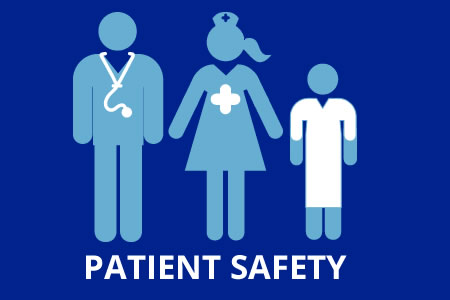
1403/05/21 13:19:37
What is patient safety?
According to the World Health Organization, patient safety refers to preventing or reducing the likelihood of harm related to healthcare to an acceptable minimum.
Patient Safety Goals
Patient safety is about preventing and reducing risks, errors, and harm that can arise during the provision of healthcare services for patients. The essence of patient safety is continuous improvement based on learning from mistakes and adverse events.
The fundamental principles of patient safety are outlined in the 9 patient safety solutions provided by the World Health Organization:
• Proper patient identification
• Effective communication among healthcare staff during patient handovers
• 7 Rights of medication administration
• Performing procedures correctly at the right site on the patient’s body
• Ensuring medication accuracy during transitional phases of care
• Managing high-concentration electrolyte solutions
• Avoiding incorrect connections of catheters and tubes
• Using single-use injection devices
• Improving hand hygiene to prevent infections
The patient safety unit works to enhance patient safety using various approaches, such as ongoing education, compliance with protocols, and regular monitoring and evaluation of departments and clinical staff. It also encourages staff to voluntarily report errors to foster a culture of patient safety improvement.
Activities of the Patient Safety Unit
• Collecting and reviewing error reports and calculating indicators
• Conducting RCA meetings
• Holding safety management walkarounds
• Reviewing readmission records
• Training staff in patient safety practices
• Assessing error risks with a preventive approach
Patient Safety Guidelines
• Guidelines for proper patient identification
• Guidelines for fall prevention
• Guidelines for safe injections
• Guidelines for safe surgeries
• Guidelines for obtaining informed consent from patients
• Guidelines for ensuring medication accuracy
• Guidelines for high-alert medications
• Guidelines for medications with similar names and forms
• Guidelines for life-saving and essential medications
• Guidelines for preventing pressure ulcers
• Guidelines for preventing incorrect connections of catheters and tubes
• Guidelines for effective communication during patient handovers
• Guidelines for patient safety management visits
